
The hum and drone of the cicadas rose and fell in unison, like waves on the ocean. Their song lulled the landscape to sleep like a midsummer’s night lullaby, exhausted and spent from her good and decent work.
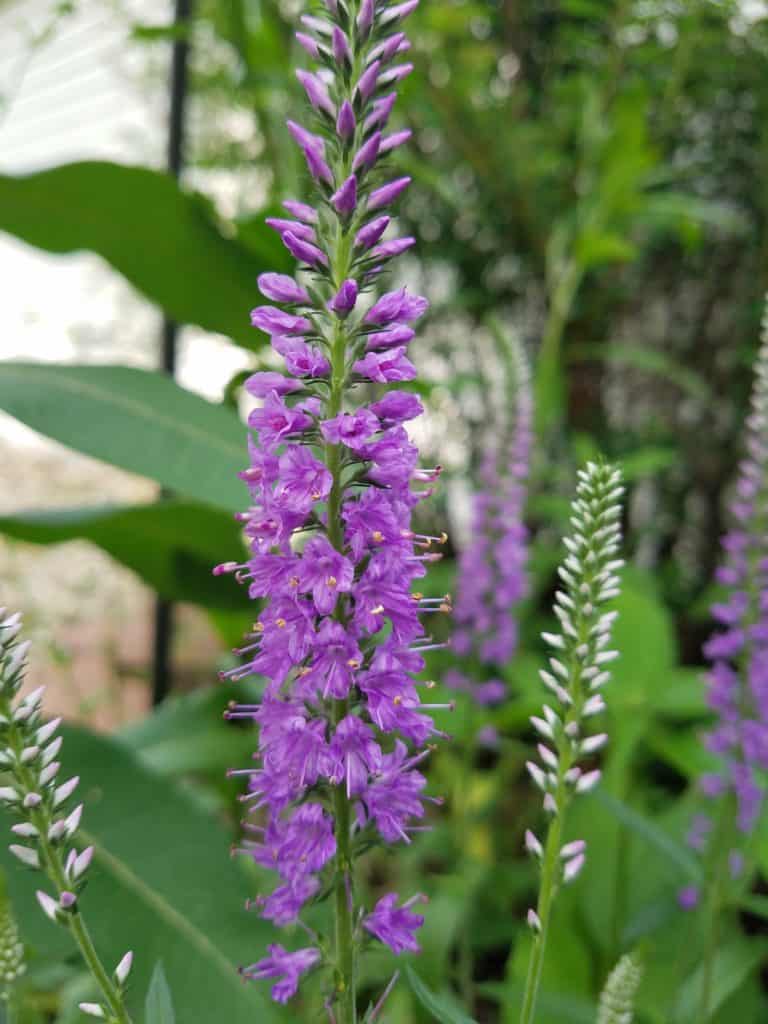
Mid Summer, often, has an unkempt, woeful look, but the constant heat and lack of adequate rain has added insult to injury, leaving the landscape a bit unsightly.
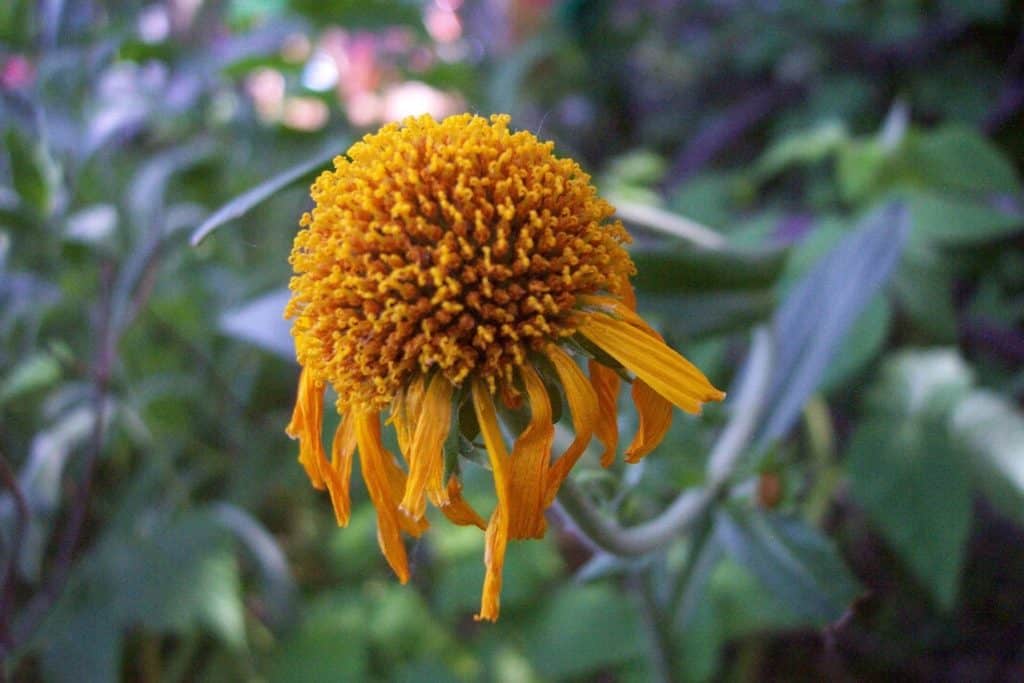
As flowers fade and blooming halts, and plants grow spindly and leggy, some perennials actually benefit from more drastic measures than deadheading alone. Pruning (a.k.a. cutting back).
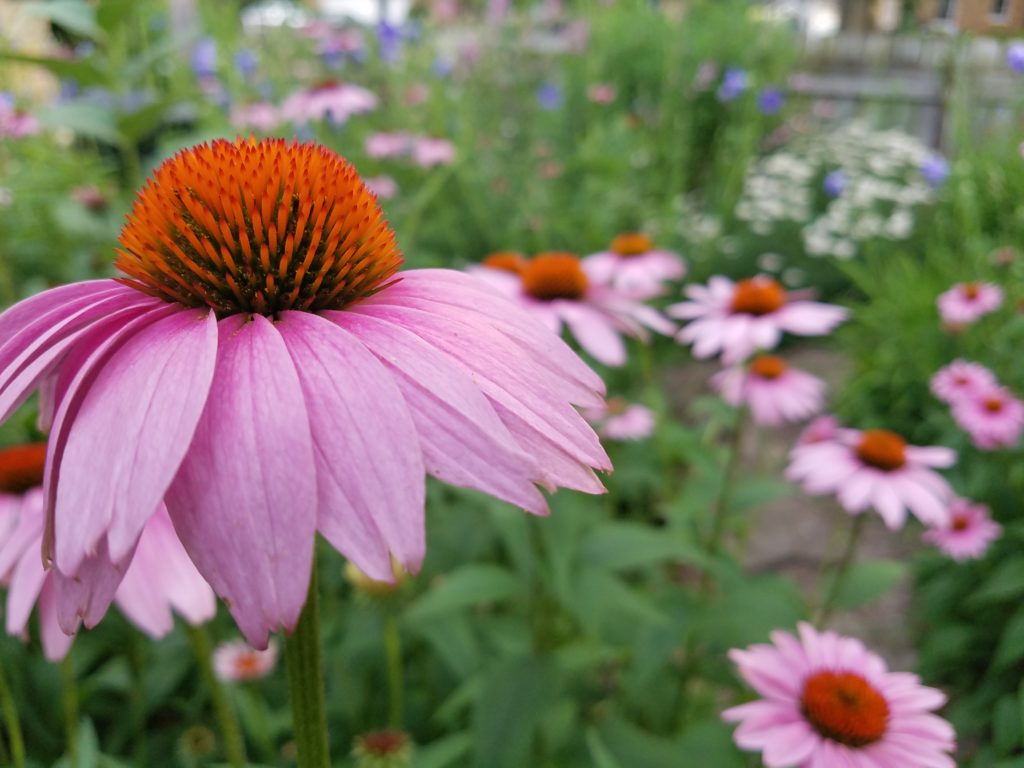
Not all perennials should or need to be pruned in Summer, but many can, and the practice proves to be invaluable by promoting neater, erect growth and in some cases, more blooms. Pruning can also control the number of flowers and their size. It’s also an excellent way to keep plants from invading the space of others. Further still, pruning can help control pests and disease. For some, pruning can be an art form when done correctly, altering the direction, vigor and bloom time of the plant. For most, it’s trial and error, and each perennial reacts differently.
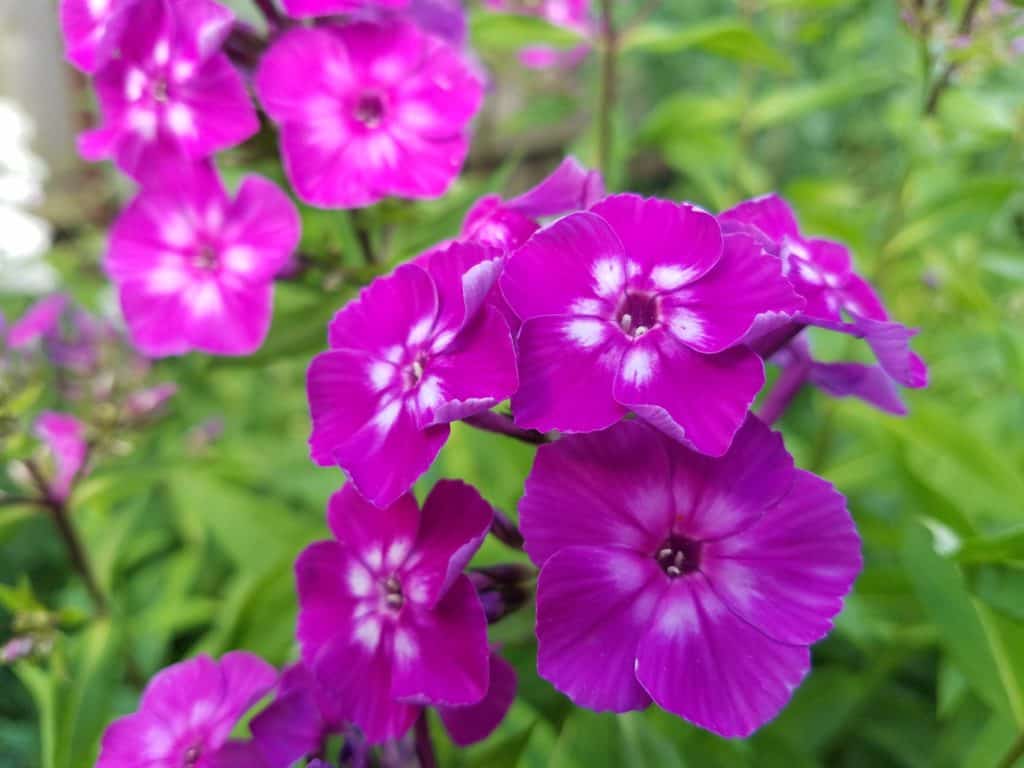
Some perennials should be pruned back to new basal foliage and some should be cut to the ground. Some look best if pruned back by 1/3 to 1/2 of the plant’s mature size. Pruning out brown and wilted parts of the plant helps stimulate the growth of fresh green foliage.
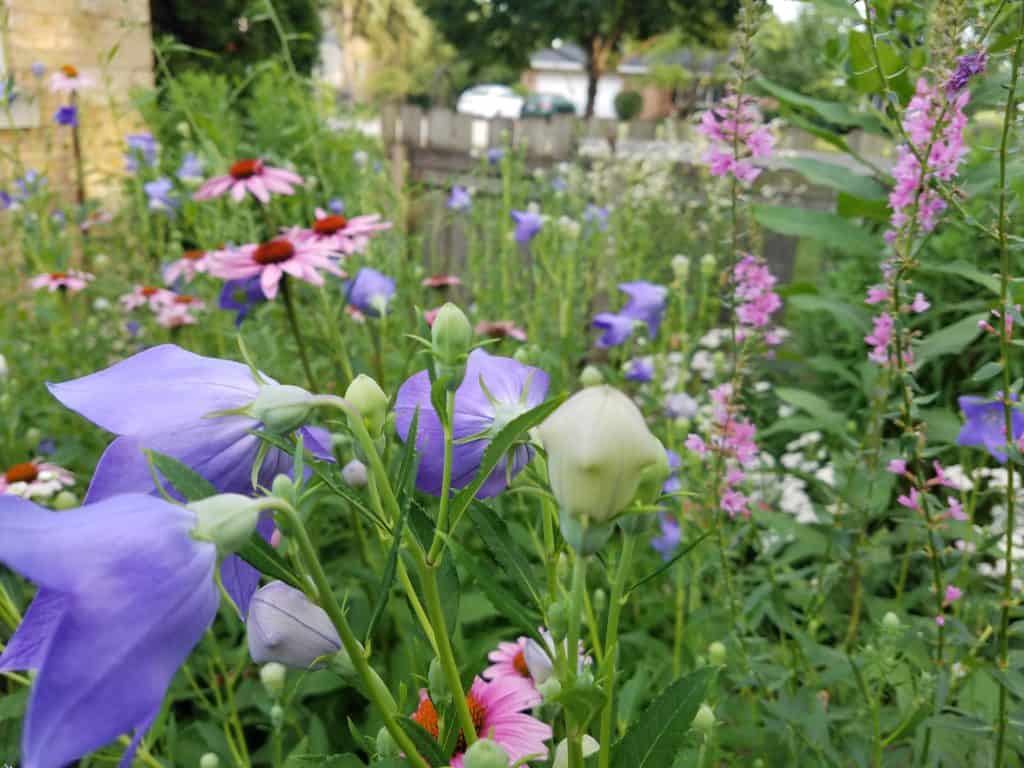
Because it’s impossible to capture every conceivable perennial you may have growing in your garden, we’ve listed the most common below that benefit from summer pruning:
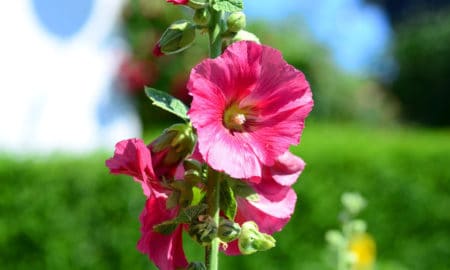
Hollyhock: Cut back to new basal foliage after flowering is completed.
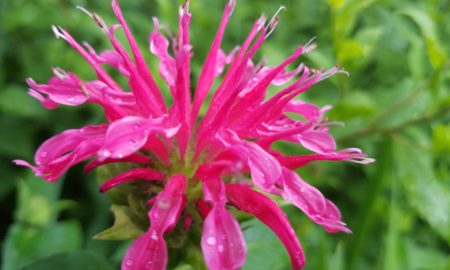
Bee Balm: Cut back to clean foliage after blooming.
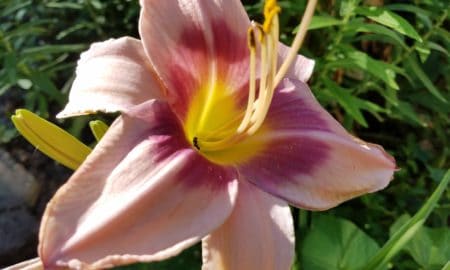
Daylilies: Cut back entire stem to basal foliage.
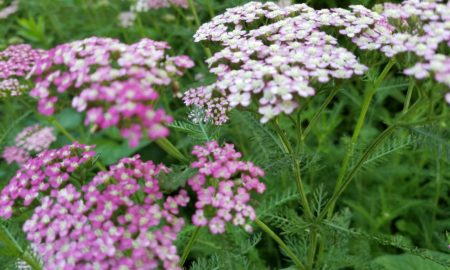
Yarrow: Prune down to basal foliage.
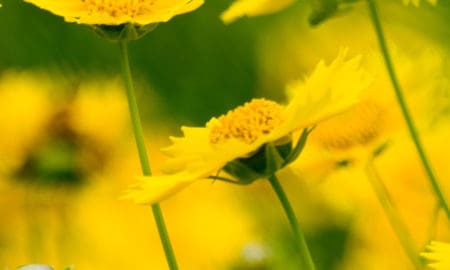
Coreopsis: Prune to basal foliage at the end of August or early September.
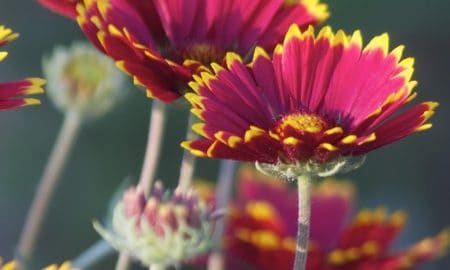
Gaillardia: Cut back to basal foliage in late August/early September.
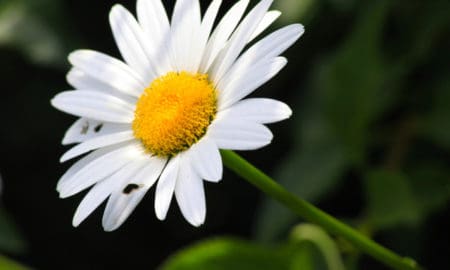
Shasta Daisy: Deadheading prolongs blooms but cutting back in early September will prolong the life of the plant.
Again, not all perennials should or need to be pruned, and much of the practice is trial and error. Perennials are far more resilient than we think. As always, contact Sweeney’s with any questions or concerns you may have. We’re always here to help and love being a resource for you and your landscape.
Plant of the Week
Photo of Piglet Fountain Grass courtesy of Midwest Groundcovers
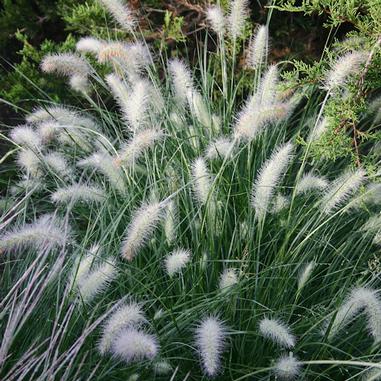
Piglet Fountain Grass
Gracefully arching narrow, green foliage matures to a golden-yellow in Fall, then fades to a tawny beige in late Fall, early Winter. Silvery-pink plumes of feathery-like flowers bloom in late Summer. Grows 12-18″ tall and 18-24″ wide. Prefers full sun and moist, well-drained soil. Salt tolerant.
“I appreciate the misunderstanding I have had with Nature over my perennial border. I think it is a flower garden; she thinks it is a meadow lacking grass, and tries to correct the error.”
-Sara Stein
Best wishes,
Kim Sweeney
